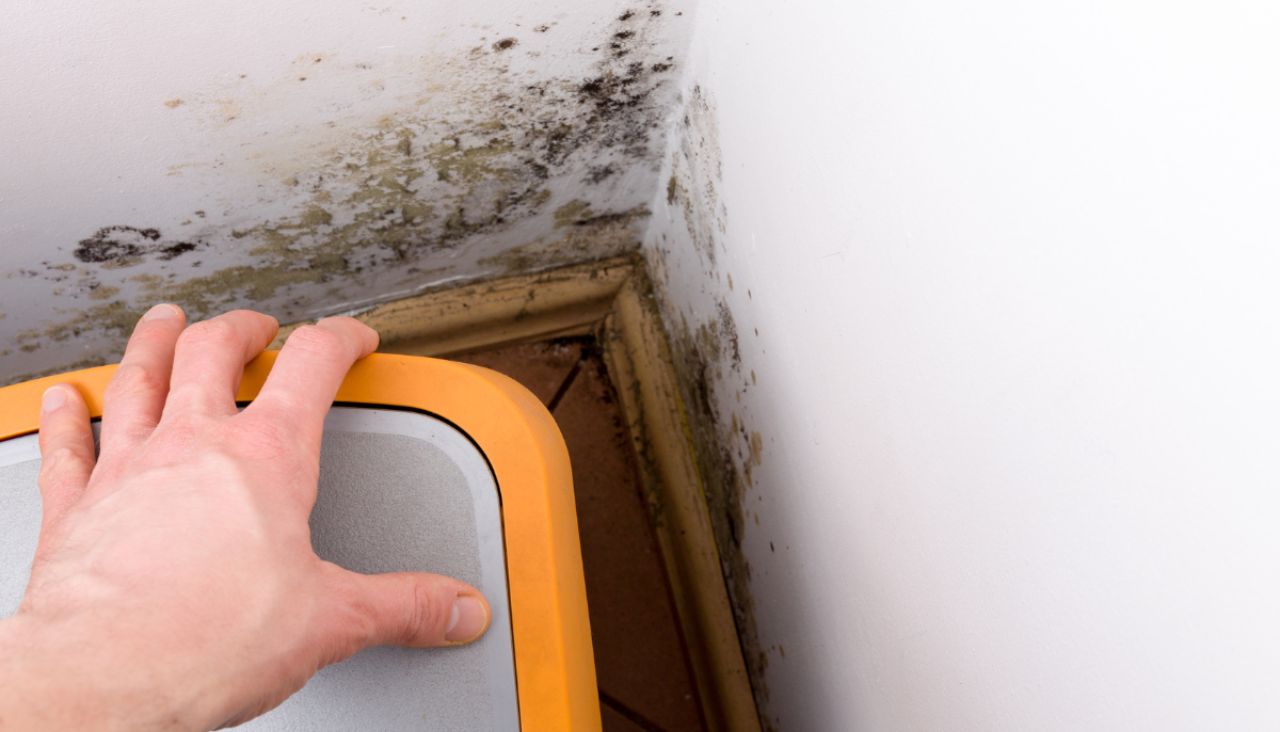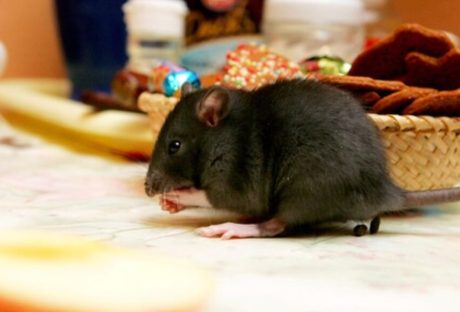Molds are common problems in many homes.
They can cause more than just unpleasant smells, though. These notorious fungi can also expose you to several health risks and damage your home’s structure.
Although their effects may not be noticeable at first, molds will eventually make their presence felt. By this time, however, the damage they have wrought could already be irreversible.
What Is Mold?
Molds belong to the fungi family. They can be found in both your home and out in the natural environment. Outside, molds play a crucial role in the ecosystem by breaking down animal and plant matter.
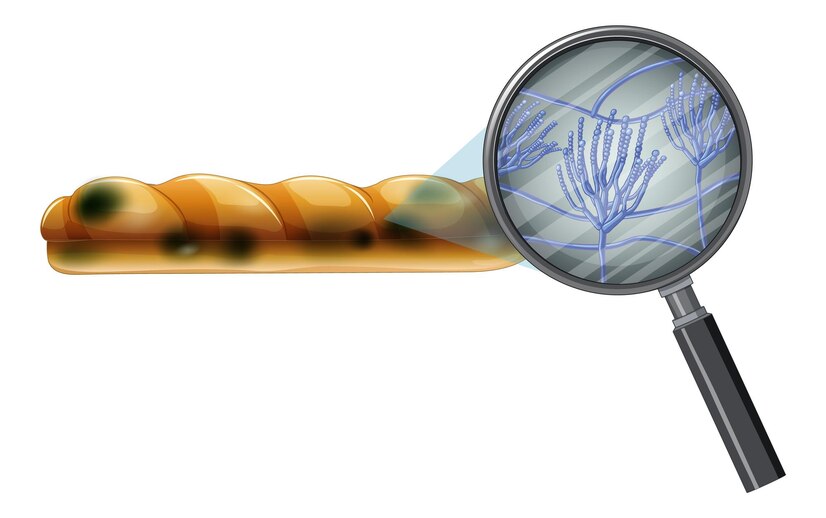
Molds inside your home, however, are a different story. These can cause serious health problems. This is especially true for people with vulnerable conditions like asthma.
Where Do Molds Grow?
Certain areas of your home are more susceptible to mold growth than others. The following should be included on your mold watch list:
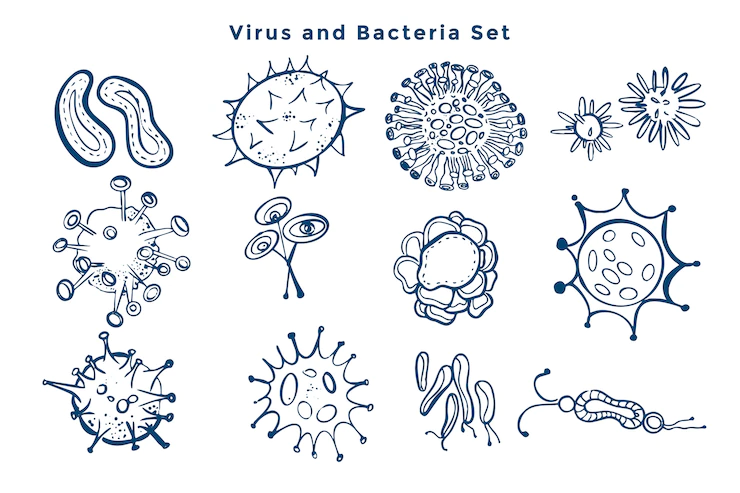
1. Bathroom
According to deepwaterco.com, molds love the bathroom because the place is always damp, and many don’t have adequate ventilation. Bathrooms practically have everything that mold spores need to grow and multiply.
2. Kitchen
Molds can attach themselves to kitchen surfaces such as countertops and sinks. Dishes that aren’t washed properly are also good breeding grounds for molds. In the refrigerator, expired food items can likewise attract mold, so regularly check your fridge for any food that should already be thrown away.
3. Ceiling
Molds can grow anywhere in your home, and the ceiling is hardly an exemption. Mold growth in the ceiling, however, can be somewhat hard to determine, although if this has an earthy odor, it’s a good sign that the fungus is present.
What to Do With Molds at Home
If you notice signs of early mold growth in your home, it’s best to contact a mold removal specialist. Other than that, you can do the following:

1. Check for Leaks
Mold growth is primarily driven by moisture. Given this, you should inspect your home for water leaks from time to time. If you find one, it is important that you have it fixed immediately. This should stop molds from growing and cut down on your water bills at the same time.
2. Reduce Home Humidity
Mold growth is also affected by excess humidity in your home. To reduce this, you can open the windows, use a dehumidifier, turn on your exhaust fans, and hang the laundry outside.
Additionally, the Environmental Protection Agency (EPA) recommends that your home’s humidity levels should be set between 30% and 50% but should not go over 60%.
3. Limit Condensation
When the air cools to its lowest point, it can produce moisture and promote the growth of molds. You can prevent this by reducing the number of times that condensation takes place. To do this, you can open a window whenever you cook. It will increase the rate of airflow and also create better ventilation.
4. Maintain a Dry Bathroom
Molds thrive in moist areas like the bathroom. Work on keeping this part of your home dry and clean to ensure molds don’t flourish here.
The Role of Mold Damage Repair Experts
At first, glance, removing molds from your home seems like a relatively easy job. This is not exactly correct because there’s a proper way of getting rid of these fungi. It’s best to let the professionals handle the job for the following reasons:
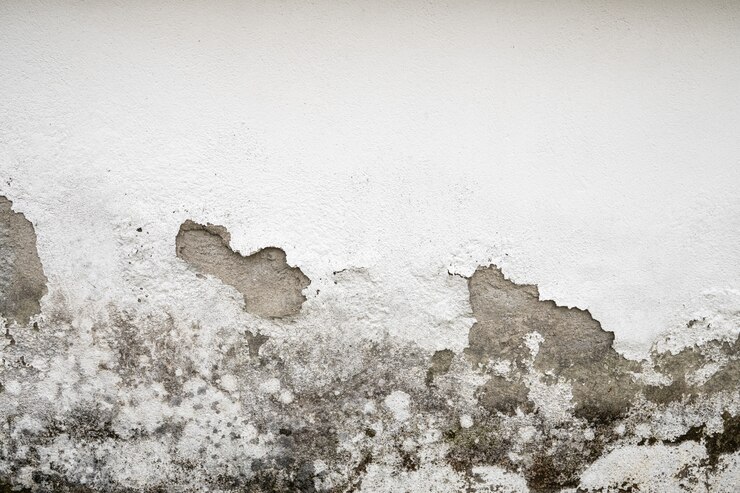
1. Mold Management Expertise
Mold damage experts have the knowledge and skills to determine the extent of fungi damage, the source, and the type of mold involved. For every mold type, a different approach is needed.
2. Proper Equipment
Dealing with molds requires proper handling, including using the correct tools. Mold experts have all these, along with the necessary protective gear and cleaning equipment. They will not only clean mold-infested surfaces but also remove mold spores from the air.
3. Effective Treatment
Mold remediation experts are completely trained to handle these fungi. They follow a thorough and rigorous process to ensure the problem doesn’t get out of control.
4. Prevent Future Issues
Mold cleaning experts address the root cause of the problem to protect you and your property from the harmful effects of molds. This gives you the assurance that the same problem will not happen again.
Key Takeaway
Molds are common household problems, but many are not aware that they have these fungi living inside their homes. The realization often comes only after serious damage or family members start to feel sick.
If you believe you have molds at home but are unsure, there are several places you can check. Any home area rich in moisture is a potential mold breeding ground, with the kitchen and the bathroom being prime candidates.
Contact companies that provide mold removal services if you find mold growth in these places. They are in the best position to resolve a nagging mold problem.
Additionals:













